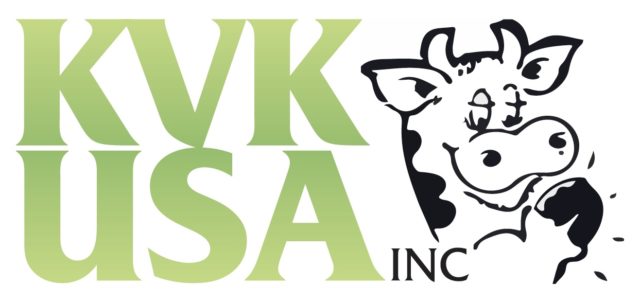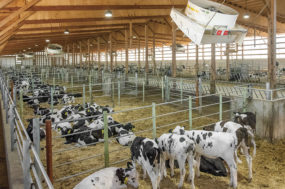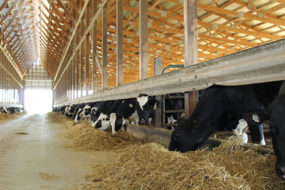Ellen Malloy and Grant Kessler are sitting down to dinner. One hundred dinners, to be exact. Kessler and Malloy are the organizers of the 100 Meal Project. The goal – learning about their food and the people who make that meal possible.
On the website , Malloy and Kessler are chronicling their experience. The site is just one of hundreds of websites involved in a food-centered dialogue.
From recipes to the pros and cons of GMO corn, conversations are happening all over the web. Consumers and farmers are exchanging information – or at least trying to.
Those discussions are essential, according to Carrie Mess, a Wisconsin-based dairy owner who blogs about farm life.
“It’s the number one issue facing our industry,” she says. “As an industry, we need to get rid of the apathy – the thought that people are always going to drink milk. It’s not like we’re the only gas station in a one-horse town. People are choosing not to drink milk.”
The difference, says Mess, is letting consumers hear directly from producers, letting them share stories and explain how farmers do business.
Just seven meals into the One Hundred Meal project, Malloy is already starting to change her perspective.
“While I was probably considered a pretty local eater before, frankly, I am a lot more mindful now. One of the things I really found out is how ridiculously disconnected we are from the actual buying decisions we make at stores and in restaurants,” Malloy says.
“For example, vehemently anti-GMO folks will get pizza delivered or buy soda … and scream about labeling while they eat or drink.”
At CNN.com, the page “ Eatocracy ” hosts a variety of food-related topics including “Farmers with Issues,” which features posts from farmers in several different commodity groups. The page launched in 2010.
Eatocracy’s managing editor, Kat Kinsman, says CNN realized the public interest in food wasn’t going anywhere. She says the priority is getting current and accurate information to their audience when there is breaking news such as a food recall or weather emergency.
“When life is a bit less fraught, the core message of the site is food as a connector – whether that’s in the form of exploring cultural identity via recipes and traditions, letting people along the food chain (farmers, chefs, activists, historians) stand in the spotlight and explain what they do, or just start conversations that bring us all closer together and work toward getting everyone access to healthy, delicious, plentiful-enough food.
Everybody eats; we may as well talk about it,” Kinsman says.
Brian Scott, who farms in Indiana, is one of the farmer bloggers who posts at Eatocracy. He says most of his writing has been on the drought, but when he talked about his agreement with Monsanto , often the subject of heated online conversations, his page received 80,000 hits in 24 hours.
He says he believes that, despite the controversy, it’s important for food producers to interact with consumers.
“The idea is: If we’re not talking about it, that conversation is happening anyway.”
Kessler says the One Hundred Meals project discussions have been harder than he expected.
“People want to have a civil conversation about food, not a shouting match. Personally, the other big surprise is how difficult and painful it is on a personal level to go through this process of learning and opening dialogue,” he says.
“Writing a balanced blog post that will have some meaning and hopefully move the conversation forward is very challenging, but the work is only half done at that point.
There is a lot of difficult, stressful conversation happening in the comment section on most blog posts, and we take it as our duty to read more, research and respond.
You’ve stepped into a very public, very scrutinized sphere with a post, and now you need to defend it and clarify points and respond to rebuttals. It’s fascinating but surprisingly difficult.” PD

Karma Metzler Fitzgerald
Contributor



